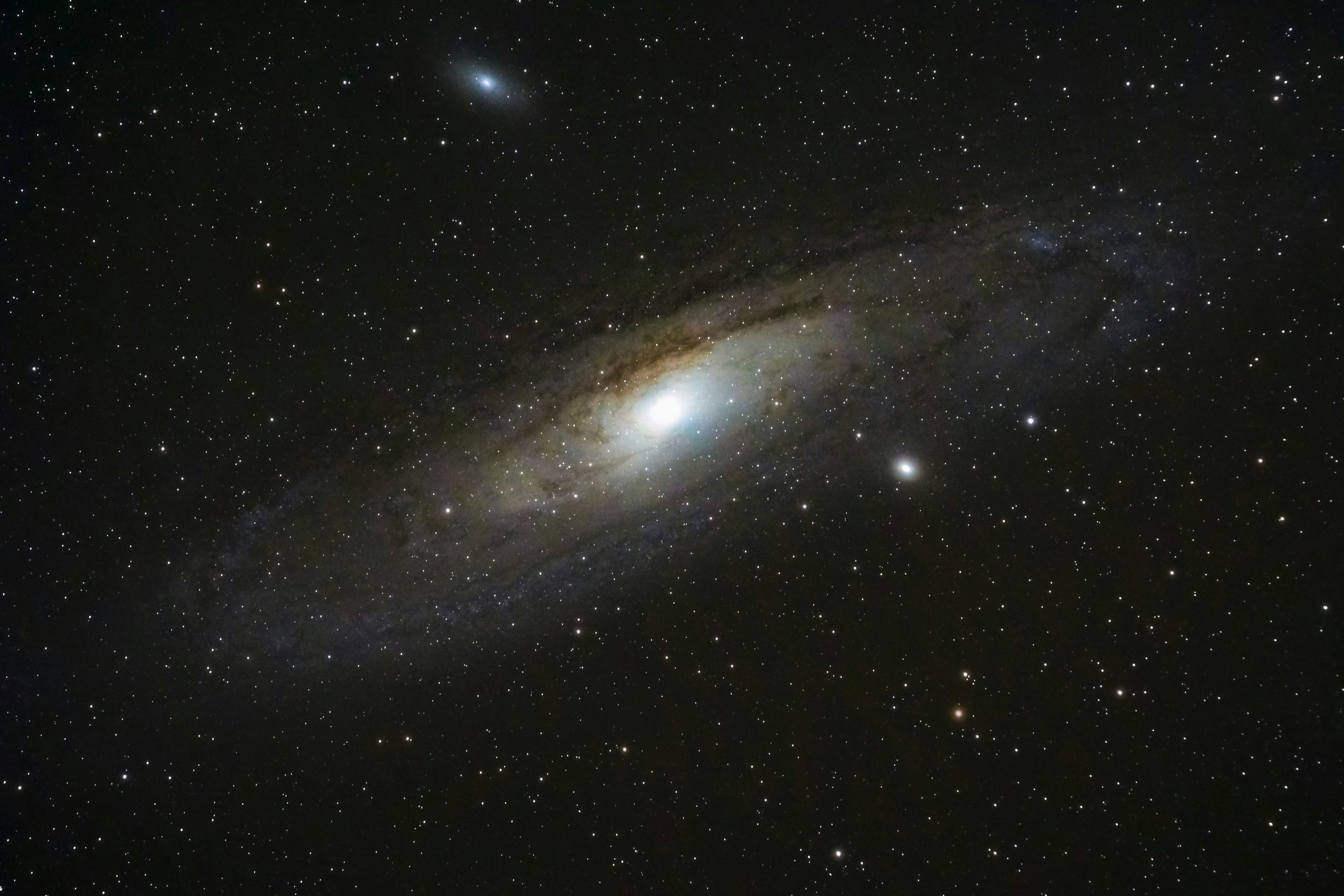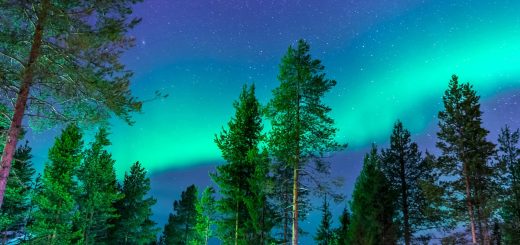The Windigo: Algonquian Myth of the Cannibal Spirit

Hey there, amazing readers! 🖐️ Just a quick note: yes, we know there are a lot of ads here. Trust us, we get it—it’s not the prettiest look, but they help us keep this blog alive and kicking. Those pesky little ads cover the costs of all the behind-the-scenes magic, from hosting and tech stuff to creating content we hope you’ll love.
We’re committed to delivering quality posts, and your support (even just sticking around despite the ads) means everything to us. So, bear with us, and thanks for helping us keep the good vibes rolling. Now, on to the fun stuff! 😉
TRANSLATE BUTTON AT THE END OF THE ARTICLE
The Windigo: Algonquian Myth of the Cannibal Spirit
Overview
The Windigo is a legendary creature deeply rooted in the folklore of various Algonquian-speaking tribes in North America, including the Ojibwe, Cree, and Innu.
This mythical being is often described as a malevolent spirit or monster associated with cannibalism.
The Windigo is believed to possess supernatural powers and the ability to transform humans into fellow cannibalistic creatures.
This article delves into the origins, cultural significance, characteristics, and legends surrounding the Windigo, as well as its psychological interpretations and depictions in art, literature, and popular culture.
Introduction to the Windigo Legend
The Windigo legend has been passed down through generations of Algonquian tribes, serving as a cautionary tale and a metaphorical representation of the destructive power of greed, famine, and the harsh winter conditions prevalent in the regions they inhabited.
The concept of the Windigo varies slightly among tribes, but the core theme remains consistent – a terrifying creature driven by insatiable hunger for human flesh.
This figure embodies the worst aspects of human nature and serves as a reminder of the consequences of succumbing to one’s darkest desires.
Origins and Cultural Significance of the Windigo
The origins of the Windigo myth can be traced back to the harsh winters and scarcity of resources faced by the Algonquian tribes in the northern regions of North America.
The legend emerged as a means to explain extreme cases of cannibalism that occurred during times of famine and desperation.
The Windigo embodies the fear and taboo associated with consuming human flesh, reflecting the cultural values and beliefs of the tribes.
Furthermore, the Windigo serves as a cautionary symbol, warning against the dangers of excessive greed and the potential consequences of deviating from traditional values.
Description and Characteristics of the Windigo
The Windigo is often depicted as a towering, emaciated figure with pale or ash-gray skin, sunken eyes, and elongated limbs.
It is said to possess an icy breath and emit a foul odor that can be detected from miles away.
Some depictions include antlers on its head, reflecting its association with the forest and the hunting prowess of the creature.
The Windigo is believed to have an insatiable appetite for human flesh, which drives it to stalk and hunt its victims relentlessly.
It is associated with the frigid winter winds, lurking in the wilderness and preying upon those who dare to venture into its domain.
The Transformation into a Windigo
According to Algonquian mythology, a human can be transformed into a Windigo under specific conditions.
This transformation is often associated with extreme hunger and the consumption of human flesh.
It is believed that individuals who resort to cannibalism during times of famine risk becoming possessed by the spirit of the Windigo.
The Windigo’s influence slowly takes hold, leading to physical and psychological changes in the person, ultimately turning them into a monster driven by an insatiable desire for human flesh.
This transformation is seen as a tragic consequence of succumbing to desperation and breaking the taboo of cannibalism.
Legends and Folklore Surrounding the Windigo
Various tribes have developed their own legends and folklore surrounding the Windigo, each adding unique elements and interpretations to the myth.
The Ojibwe, for instance, believe that the Windigo can possess individuals and drive them to commit acts of cannibalism.
They associate the creature with the winter months and believe that it can be warded off through rituals and the use of specific charms.
The Cree, on the other hand, view the Windigo as a malevolent forest spirit, often identified as a giant ice monster.
They believe that it can control the weather and possess individuals to carry out its bidding.
Psychological Interpretations of the Windigo Myth
Psychologists and scholars have explored various psychological interpretations of the Windigo myth, often linking it to concepts of greed, obsession, and the human struggle with primal instincts.
Some interpret the Windigo as a representation of repressed desires and the uncontrolled pursuit of power or material wealth.
The transformation into a Windigo can symbolize the loss of one’s humanity and the descent into madness.
Additionally, the Windigo myth has been used as a metaphor for psychological conditions such as Wendigo psychosis, a culture-bound syndrome characterized by a delusion of being transformed into a cannibalistic creature.
Cultural Depictions of the Windigo in Art and Literature
The Windigo has been a recurring theme in the art and literature of the Algonquian tribes and beyond.
Indigenous artists often depict the creature in intricate carvings, masks, and paintings, capturing its terrifying and otherworldly essence.
In literature, numerous works, both by Indigenous authors and outsiders, have explored the Windigo myth, using it as a powerful allegory for various themes such as colonization, cultural identity, and the consequences of human greed.
These depictions serve to preserve and honor the Algonquian cultural heritage, while also shedding light on the enduring legacy of the Windigo.
The Windigo in Popular Culture and Media
The Windigo’s influence has extended beyond Indigenous cultures and made its way into popular culture and media.
In recent years, the monster has become a prominent figure in horror fiction, movies, and video games.
Its terrifying features and cannibalistic nature make it a prime subject for horror enthusiasts.
However, there is a growing concern among Indigenous communities about the misrepresentation and exploitation of their cultural beliefs and symbols in mainstream media.
It is important to approach the depiction of the Windigo with respect and cultural sensitivity, acknowledging its significance to Indigenous cultures.
Modern Interpretations and Adaptations of the Windigo
As with many mythical creatures, the Windigo has undergone adaptations and reinterpretations in contemporary times.
Indigenous authors and filmmakers have reclaimed the Windigo, using it as a medium to explore themes of cultural identity, trauma, and the ongoing struggles faced by Indigenous communities.
These modern interpretations aim to bring a nuanced understanding of the Windigo to a wider audience and challenge the stereotypes often associated with Indigenous myths.
By reclaiming the narrative, these adaptations serve as a means of cultural preservation and empowerment.
Controversies and Ethical Considerations Surrounding the Windigo
The appropriation and commodification of Indigenous myths, such as the Windigo, have sparked controversies and raised ethical considerations.
Indigenous communities have expressed concerns about the misrepresentation and exploitation of their cultural heritage for profit or entertainment purposes.
It is crucial to approach the Windigo myth and related cultural elements with respect, seeking permission and guidance from the respective communities before utilizing them in any form of media or artistic expression.
Acknowledging the cultural significance and history behind the Windigo helps to foster a more inclusive and respectful portrayal.
Conclusion: The Enduring Legacy of the Windigo
The Windigo myth continues to captivate and intrigue audiences, serving as a testament to the rich cultural heritage of the Algonquian tribes.
Its enduring legacy lies in its ability to convey profound messages about the human condition, the consequences of unchecked desires, and the importance of cultural preservation.
As society evolves, it is crucial to approach the Windigo myth with respect, acknowledging its origins and cultural significance while promoting accurate and inclusive representations.
By doing so, we can appreciate the depth and complexity of this ancient legend and ensure its preservation for future generations.

The Enlightenment Journey is a remarkable collection of writings authored by a distinguished group of experts in the fields of spirituality, new age, and esoteric knowledge.
This anthology features a diverse assembly of well-experienced authors who bring their profound insights and credible perspectives to the forefront.
Each contributor possesses a wealth of knowledge and wisdom, making them authorities in their respective domains.
Together, they offer readers a transformative journey into the realms of spiritual growth, self-discovery, and esoteric enlightenment.
The Enlightenment Journey is a testament to the collective expertise of these luminaries, providing readers with a rich tapestry of ideas and information to illuminate their spiritual path.
Our Diverse Expertise 🌟
While our primary focus is on spirituality and esotericism, we are equally passionate about exploring a wide range of other topics and niches 🌍📚. Our experienced team is dedicated to delivering high-quality, informative content across various subjects ✨.
To ensure we provide the most accurate and valuable insights, we collaborate with trusted experts in their respective domains 🧑🏫👩🏫. This allows us to offer well-rounded perspectives and knowledge to our readers.
Our blog originally focused on spirituality and metaphysics, but we’ve since expanded to cover a wide range of niches. Don’t worry—we continue to publish a lot of articles on spirituality! Frequently visit our blog to explore our diverse content and stay tuned for more insightful reads.







